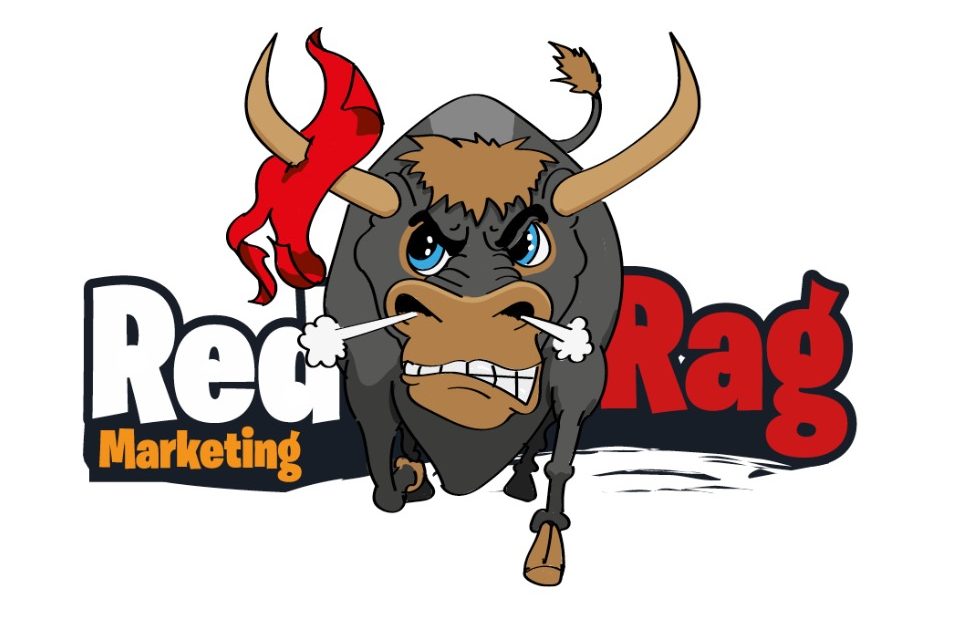Table of Contents
It’s no secret that running Facebook ads can be very beneficial to your brand. Facebook has over 2.7 billion monthly active users. To put it in comparison, the human population is estimated to be around 7.8 billion. That’s about a third of the world that you have access to with your Facebook ads.
If you already have a Facebook ad campaign running, then skip to the next part. However, if you’re a beginner with Facebook Marketing, read our Guide on Facebook Marketing Tips for Small Businesses in the UK.
Start your Facebook ads campaign by boosting a couple of different posts to see which one would see the most success. I recommend setting each campaign to a maximum of 1 week and a lifetime budget of £5 each.
Yes. I know what you’re thinking. “£5 per boosted post is too small.” And you’re right. It is small. There is a very low chance that you see any tangible result from this adspend. However, you are just in your pre-campaign period. What you’re doing is trying out the market. You want to gain insights such as:
- Which type of post works best
- What’s the average engagement you receive
- How broad your audience reach is
- When are the best times for posting
- If there is a specific target audience you should target
- How much you can make per dollar spent
These insights will prove helpful in designing a Facebook Marketing strategy with a good ROI. Take into consideration that you should only scale your Facebook marketing campaign once you see solid results. Scaling when you don’t have proof that it’s successful is a considerable risk that can potentially bankrupt your entire advertising budget.
When you scale your Facebook ads, it must be in a slow and gradual manner. This way, you can easily adjust the budget if something goes awry. On the other hand, putting everything on the line will cause more harm than good. When it comes to business expenses, there are no do-overs. You have finite resources, and you need proper asset management to stay afloat.
In this article, Red Rag Marketing experts discuss the best ways on how to scale Facebook ads the right way.
Increase Budget Spend
When you want to scale your advertising strategy, you need to increase your budget spend. Generally, we recommend startups to begin their Facebook ads with a budget of £ 10 – 25 per day. Gradually increase your budget spend in increments of 10% every week.
You can monitor the success of each campaign with your Facebook Ads Manager. Identify your ROI. What is the cost of each conversion? Is it worth the ad campaign or not?
Let’s illustrate this with an example:
Ad Name | Post A | Post B | Post C |
Budget | £ 5 per day | £ 5 per day | £ 5 per day |
£ 35 | £ 35 | £ 35 | |
Conversions | 10 | 5 | 1 |
Cost per Conversion | £ 3.5 | £ 7 | £ 35 |
From this table, the Facebook post with the best ROI is Post A. Your cost per conversion is £ 3.5, an acceptable rate for Facebook ads. Of course, getting this lower is still the goal. Leave Post B and C alone. The ROI from them is too low to be sustainable.
Scale your Budget for Post A from £ 5 to £10 per day. Ideally, your number of conversions must also double to 20 or higher. This is a less risky method of scaling your Facebook campaign.
Increasing your budget will mean more targeted ads. When you run Facebook campaigns, the algorithm learns from its performance. Your ad set will retain the data gathered from the initial campaign, like which target audience gives the best conversion rate.
Identify Profitable Market Segments
When you run Facebook ads, you get to target a specific audience. The Facebook Ads Manager provides a list of factors that you can customize for your ideal buyer persona. Some of these include:
- Age
- Gender
- Location
- Nationality
- Profession
- Interests
- Pages liked
- Languages Spoken
- Facebook Activity
Now, most Facebook marketers specify a specific location, leaving your ad’s target audience with a huge population. Targeting even irrelevant audiences will cost a lot more money than you would like. Part of your ad spending goes to impressions and reach. You’re essentially wasting your budget targeting audiences with no chance of a conversion.
Go back to your initial campaign. Using the Facebook Ads Manager, you’ll be able to see the success of each campaign. Click the Breakdown button on the top right corner of your data table. You’ll be able to see four options: By Time, By Delivery, By Action, and By Dynamic Creative Asset.
Do a run-through of each Breakdown and analyze your data. Did you notice any trends in terms of high conversion success? Identify which sector you should target. For instance, with one of the campaigns I ran, I was able to pinpoint that I get the most success from Females aged 25-34 and Males aged 18-24.
This is called your profitable market segment. To scale your Facebook ads, duplicate the said campaign but only target your profitable market segment. I would recommend adding a 30-50% increase to your ad budget.
Re-target Your Facebook Ads
Now that you have a set profitable market segment, it’s time to look back to the 97% of your audience that your Facebook ads aren’t targeting. Customers can come from different sectors, and you never know when you can identify another profitable market segment.
With this method, you will re-run the same successful Facebook ad but target different market segments. Here are some promising ad set targets you might want to try targeting:
- Lookalike audiences of your current customers
- Lookalike audiences of your leads
- Interest-based audiences
Or you can go rogue and do broad audiences without any target market. This strategy is incredibly successful for FMCGs (Fast-Moving Consumer Goods) or brands selling products used by the mass, regardless of age, gender, and interest.
Try Out New Copy Tactics
Don’t let your Facebook marketing run stale by constantly running the same successful ad set. Try out new campaigns and test new ad strategies. Create a campaign with 3-5 different ad copy and creative combinations. You want variety in terms of published posts to get valuable insights.
Deploy all your test campaigns and give them each a test budget so you can identify which ads work well. Duplicate the campaigns that worked well but with a bigger budget. When you’re running Facebook campaigns, make it a habit to monitor your campaign religiously. Identify any relevant trends that you see, so Insights from Facebook Ads Manager are important in determining what you can do to improve your campaign. Read here to find out what is the difference between Reach and Impressions.
Learn Facebook Marketing
Lead generation from Facebook is a complex process. If you need a Facebook Marketing training course, then we’re here to help! Red Rag Marketing is composed of social media marketing experts who have devised hundreds of successful campaigns.
What do you say? Are you ready to learn? Contact us now!




